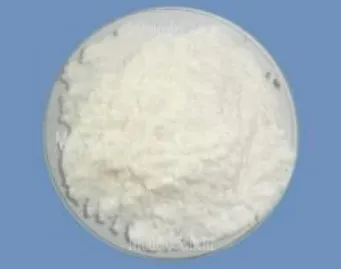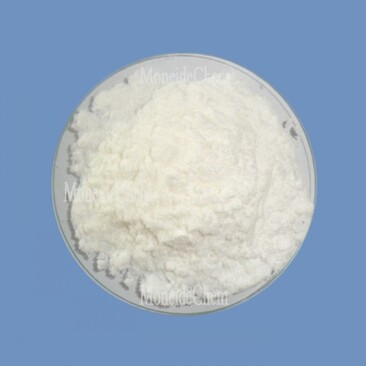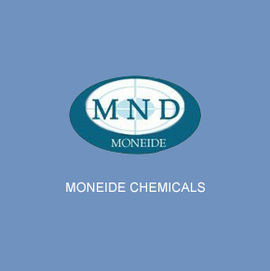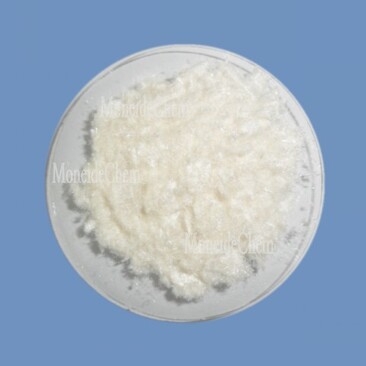Chào mừng đến với Công ty TNHH Thương mại Tangshan Moneide
Hóa chất Moneide
Điện thoại: 0086-315-8309571
WhatsApp/WeChat/Di động: 0086-15633399667
Skype: janet-honest
Địa chỉ: 2-7-523 Trung tâm thương mại vật liệu xây dựng Jidong, Đường Sơn, Hà Bắc 064000 Trung Quốc
What Are the Key Aspects of Acid Copper Electroplating and Related Processes?
- Thời gian phát hành:Th6 . 09, 2025 13:48
(Mô tả tóm tắt)Công ty TNHH Thương mại Tangshan Moneide là công ty thương mại chuyên xuất khẩu các sản phẩm hóa chất tinh khiết tại Trung Quốc. Trong những năm qua, chúng tôi đã thiết lập mối quan hệ hợp tác tốt đẹp với nhiều doanh nghiệp sản xuất hóa chất nổi bật tại Trung Quốc và tích cực hợp tác nghiên cứu và phát triển một số sản phẩm. Dòng sản phẩm của công ty chúng tôi chủ yếu bao gồm: hóa chất mạ điện, hóa chất fluoro hữu cơ & vô cơ, hóa chất trung gian hữu cơ, chất xúc tác chuyển pha và chất chỉ thị hoặc chất nhuộm sinh học.
- Categories:Công ty năng động
- Tác giả:
- Nguồn gốc:
- Thời gian phát hành:2019-12-30 10:55
- Views:
In the field of industrial surface finishing, various electroplating techniques play a crucial role in enhancing the properties of metal substrates. Among these, processes such as acid copper electroplating, acid copper plating, and solutions designed for specific applications like acid copper plating solution stand out for their efficiency and versatility. Additionally, related processes like acid gold plating and acid tin plating offer unique advantages in different industries. This exploration delves into the mechanisms, applications, and considerations of these electroplating methods. Acid copper electroplating is a widely used technique for depositing a smooth, adherent copper layer on various substrates, including metals and plastics. The process typically employs a bath containing copper sulfate, sulfuric acid, and organic additives. The sulfuric acid in the acid copper plating solution serves to increase the conductivity of the bath and stabilize copper ions, while additives help control the deposition rate and improve the quality of the plated layer. In acid copper electroplating, the substrate to be plated acts as the cathode, and a copper anode provides the source of copper ions. As an electric current is applied, copper ions migrate to the cathode and deposit as a metallic layer. This method is prized for its high deposition rate and ability to produce bright, ductile copper coatings, making it ideal for applications such as printed circuit boards (PCBs) and decorative metal finishing. Acid copper plating offers distinct advantages over other plating methods, particularly in scenarios requiring uniform coverage and excellent conductivity. In the electronics industry, acid copper plating is essential for creating conductive traces on PCBs, ensuring reliable electrical connections. The process’s ability to fill fine grooves and recesses makes it suitable for intricate components. Moreover, acid copper plating is commonly used as a base layer in multi - step plating processes. For example, it may be applied before acid gold plating or acid tin plating to improve adhesion and enhance the performance of the final coating. The acidic environment of the plating bath helps remove surface oxides, ensuring a clean substrate for subsequent layers. A well - formulated acid copper plating solution is critical for achieving consistent and high - quality deposits. The primary components include copper sulfate pentahydrate, which supplies copper ions, and sulfuric acid, which maintains the bath’s acidity and prevents hydrolysis of copper ions. Organic additives, such as brighteners, levelers, and wetting agents, are often included to refine the crystal structure of the deposit, reduce surface tension, and promote uniform plating. Maintaining the correct pH and temperature of the acid copper plating solution is essential. A pH range of 1.0 to 2.0 is typical, as this ensures optimal solubility of copper salts and prevents the formation of insoluble hydroxides. Regular analysis and adjustment of the bath composition help avoid issues like pitting, dull deposits, or uneven thickness. Acid gold plating is employed when a thin, corrosion - resistant gold layer is required, such as in jewelry, connectors, and electronic components. The acidic bath for acid gold plating usually contains gold cyanide or other gold complexes, along with acids like citric or sulfamic acid to adjust the pH and improve deposit quality. Unlike alkaline gold plating, acid gold plating produces a harder, more wear - resistant gold layer, making it suitable for high - contact applications. The process allows for precise control of the deposit thickness, from a few nanometers for decorative purposes to thicker layers for enhanced conductivity and durability. Acid tin plating is valued for its ability to deposit a bright, solderable tin layer on substrates like copper, steel, and brass. The acidic bath typically contains tin salts, such as tin sulfate or tin chloride, along with sulfuric acid or organic acids to stabilize the solution. This method is widely used in the automotive and electronics industries for components that require good solderability and corrosion resistance. One key advantage of acid tin plating is its lower operating temperature compared to alkaline tin plating, which reduces the risk of substrate damage. However, proper control of the bath’s composition and current density is necessary to prevent issues like tin whisker formation, which can affect the reliability of electronic components. An acid copper plating solution is characterized by its high sulfuric acid content, which enhances conductivity and stabilizes copper ions. This contrasts with alkaline baths, which use cyanide or other complexing agents. The acidic environment promotes fast deposition rates and bright, smooth coatings, making it suitable for high - throughput industrial applications. The quality of deposits in acid gold plating depends on factors such as the concentration of gold ions, pH of the bath, current density, and temperature. Proper maintenance of these parameters ensures uniform thickness, brightness, and adhesion. Additives in the bath also play a role in refining the crystal structure and preventing porosity. Yes, acid tin plating can be used on non - metallic substrates, but a preliminary metallization step is often required. Non - metallic materials like plastics are first coated with a conductive layer, such as copper or nickel, through processes like electroless plating. This provides a suitable base for the subsequent acid tin plating. Organic additives in acid copper electroplating baths improve deposit quality by controlling crystal growth, enhancing brightness, and promoting uniform coverage. Brighteners make the deposit shiny, levelers reduce surface roughness in recessed areas, and wetting agents improve substrate wetting, preventing air bubbles and pitting. Acid electroplating processes, including acid copper electroplating, acid gold plating, and acid tin plating, generate waste solutions containing heavy metals and acids. Proper treatment and disposal are essential to comply with environmental regulations. Many industries use recycling systems to recover valuable metals like copper and gold from spent baths, reducing both waste and costs.
Understanding Acid Copper Electroplating and Its Mechanisms
The Role of Acid Copper Plating in Industrial Applications
Composition and Optimization of Acid Copper Plating Solutions
Exploring Acid Gold Plating and Its Unique Benefits
Applications and Considerations of Acid Tin Plating
FAQs About Acid Electroplating Processes
How does an acid copper plating solution differ from other electroplating baths?
What factors affect the quality of deposits in acid gold plating?
Can acid tin plating be used on non - metallic substrates?
How do organic additives impact acid copper electroplating?
What are the environmental considerations for acid electroplating processes?



























